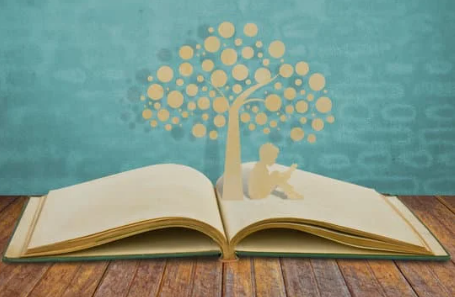What is STREAM?
STREAM is an educational approach to learning that uses Science, Technology, Reading & wRiting, Engineering, Arts+Design and Mathematics as access points for guiding student inquiry, dialogue, and critical thinking.
Our Curriculum


Our STREAM curriculum allows students to learn vital skills such as problem solving, critical thinking, collaboration and innovation along with essential technology skills sets. Different from our STEAM Education Programme, infusing of ‘Reading & wRiting’ was important because it has been found that writing like any other art helps in teaching an entire range of tools for thinking which are required to be creative in any discipline.
By adding the Reading & wRiting in the STEAM model, it brings forward a multidisciplinary approach that’s beneficial to the students. Teachers can use simple words like experiments and models to create an environment where students will get accustomed to important STEM vocabulary. Students can use technology like iPads and computers – something that is already happening as Singapore’s Ministry of Education (MOE) has pushed hard for ICT (InfoComm technology) lessons in classrooms of every level. Getting children to read stories, identifying a problem faced by any of the characters and then designing a solution for them.
Of course, the stories must be books with some component of STEAM. For example, these could be fictional stories about airplanes or robots or even non-fictional books like fairy tales. This can open young children’s eyes to the world of how engineers work.
What you can expect from our S.T.R.E.A.M Education Programme Course
In this course, we will provide students with a holistic understanding of the various subject with themes drawn from the MOE Primary Science Syllabus and Mathematics Syllabus.
Art and Design can serve a practical function. Students might apply design and decoration to products that were created during the course of a design challenge. They could create logos or stylized designs to include in communications or presentations. Through industrial design, students could improve the appearance, design, and usability of a product created when given a project to do.
As students brainstorm solutions for an Engineering problem, encourage them to adopt a playful, inventive, artistic approach. Calling on their artistic right brain can help them to generate more creative and innovative thinking.